Let's say I have a contour shape defined by two functions x(p) and y(p), where p is the distance traveled along the perimeter of the shape, normalized between 0 and 1. For example, a unit circle about the origin would be defined as x(p) = sin(2 * pi * p) and y(p) = cos(2 * pi * p).
A simple test to determine if a point is within that circle would be to calculate the point's distance from the origin, and then detect if that distance is less than or equal to 1.
But what if my shape has multiple crossings, and is much more complicated than a circle?
There exists a point in polygon test for a discrete shape defined by a set of points. That algorithm is pretty easy to find, since it's used in a lot of places. But if I don't want to use a discrete definition of my shape, what algorithm can I use to determine the winding number, with the assumption that the shape is defined at compile time?

